20+ Years Experience
Specialist EICR Testing

Enquire Today For A Free No Obligation Quote
In the United Kingdom, an Electrical Installation Condition Report (EICR) is a crucial document that assesses the safety and condition of electrical installations in a property.
It provides valuable information about the electrical systems and highlights any potential hazards or issues that need to be addressed.
The EICR process is carried out by qualified electricians who follow a specific set of steps to ensure a thorough evaluation.
An EICR is necessary for several reasons. Firstly, it helps identify any electrical faults or defects that could pose a safety risk. It also ensures compliance with regulations and standards, providing peace of mind to property owners and occupants.
An EICR is often required by insurance companies and lenders when obtaining insurance or a mortgage.
The responsibility of obtaining an EICR rests with the property owner or landlord. They are legally obligated to ensure the electrical installation in their property is safe and meets the required standards. By obtaining an EICR, they fulfil their duty of care to their tenants or occupants.
During an EICR, various aspects of the electrical installation are assessed. This includes checking the condition of wiring, sockets, switches, fuse boxes, and other electrical components.
The inspection also includes testing the electrical system for any faults or issues, ensuring proper earthing and bonding, and verifying the functionality of safety devices.
The EICR process consists of several steps. Firstly, an initial visual inspection is conducted to identify any obvious defects or potential hazards. This is followed by testing and verification of the electrical system using specialised equipment.
The electrician will then make observations and assign classification codes based on the severity of any issues found. Finally, a detailed report is provided, outlining the findings and recommendations for any necessary remedial actions.
The frequency of EICR testing depends on the type of property. For domestic properties, an EICR is typically recommended every 10 years or when there is a change in occupancy.
However, for rental properties, an EICR should be carried out every 5 years or at each change of tenancy, as per legal requirements.
Once the EICR report has been obtained, it is essential to take appropriate action based on the recommendations provided.
Any remedial actions required to address identified issues should be promptly carried out by a qualified electrician. It is also crucial to keep a record of the EICR report for future reference and potential audits.
Regular EICRs are of utmost importance for maintaining the safety of electrical installations. By ensuring that electrical systems are regularly inspected and maintained, risks of electrical accidents, fires, and property damage can be minimized.
Regular EICRs help property owners and landlords meet their legal obligations and fulfil insurance requirements, providing protection and peace of mind to all parties involved.
An Electrical Installation Condition Report (EICR) is a comprehensive inspection of the electrical installation in a property. It evaluates the safety and condition of the electrical system and identifies any faults or potential dangers.
The report offers a complete assessment of the installation and provides recommendations for any necessary improvements or repairs.
The primary purpose of an EICR is to ensure the safety of the electrical system and guard against the risk of electric shock or fire. It is advisable to have an EICR conducted regularly, particularly for rented properties or older installations.
An Electrical Installation Condition Report (EICR) is necessary because it ensures the safety of electrical installations by identifying any potential hazards or faults. Regular EICRs help in detecting potential risks early, thus preventing accidents and potential damage.
An EICR is also necessary to meet legal and insurance requirements. It provides proof that the electrical installation complies with the necessary regulations and standards.
In case of an incident, having an up-to-date EICR can help determine liability and ensure that insurance coverage is valid. The EICR process is essential for maintaining electrical safety and compliance.
Being aware of who is responsible for obtaining an Electrical Installation Condition Report (EICR) is crucial for maintaining electrical safety standards. Here are the key parties involved:
By understanding the individuals responsible for obtaining an EICR, we can collectively prioritise electrical safety in various settings.
An Electrical Installation Condition Report (EICR) evaluates the safety and condition of electrical installations in a property. It assesses various aspects to ensure compliance with regulations and identify any potential risks.
The assessment includes checking the adequacy of earthing and bonding, assessing the suitability of electrical fixtures and fittings, examining the integrity of cables and connections, and verifying the effectiveness of protective devices.
An EICR inspects for any defects, deterioration, or signs of overheating. By assessing these factors, an EICR helps to identify electrical hazards, prevent accidents, and ensure the safety of occupants.
The EICR process for electrical installation condition reports is essential for ensuring safety and compliance.
This process consists of several main steps: initial visual inspection, thorough testing and verification, observations and classification codes, detailed report and recommendations, and the importance of record-keeping.
The first step in the Electrical Installation Condition Report (EICR) process is the initial visual inspection.
Qualified electricians visually inspect the electrical installation to check for any visible signs of damage, defects, or non-compliance with safety standards.
They look for issues such as outdated wiring, loose connections, faulty sockets, and inadequate earthing. Any visible signs of wear and tear, overheating, or corrosion are noted down for further investigation.
During this step, the electricians also assess the general condition and suitability of the electrical installation for its intended use.
If any immediate hazards are identified, necessary actions, such as isolation or disconnection, are taken to ensure safety.
It is crucial to ensure a thorough and accurate initial visual inspection to identify potential electrical risks and provide recommendations for improvement to enhance safety.
Step 2 of the Electrical Installation Condition Report (EICR) process involves conducting comprehensive tests and verifications to evaluate the safety and condition of the electrical installation.
This stage aims to confirm that the electrical system is operating correctly and devoid of potential hazards. The following are the steps involved in this testing and verification process:
During the testing and verification phase, any non-compliance or defects are identified, recorded, and classified according to industry-standard codes. This step helps ensure the safety and functionality of the electrical installation.
During the third step of the Electrical Installation Condition Report (EICR), the inspector observes and assigns classification codes based on their findings.
These codes indicate the severity of any defects or deviations from regulations.
By assigning these codes, the EICR provides a clear assessment of the electrical installation’s condition and highlights any potential risks or shortcomings that require attention.
During Step 4 of the Electrical Installation Condition Report (EICR) process, a detailed report is produced, providing comprehensive information about the condition of the electrical installation.
The report includes observations made during the inspection and testing stages, as well as any necessary recommendations for improvements or repairs.
It outlines the findings, remedial actions required, and risk assessment codes for identified issues. This report plays a crucial role in ensuring electrical safety and compliance.
It enables property owners, landlords, and facility managers to promptly address any hazards or deficiencies, enhancing the overall safety and functionality of the electrical system.
Keeping a record of Electrical Installation Condition Reports (EICRs) is essential for maintaining electrical safety standards and meeting legal requirements. Here are the steps involved in keeping a record of EICRs:
By keeping a record of EICRs, you can effectively monitor the maintenance and improvement of electrical installations, ensuring ongoing safety and compliance.

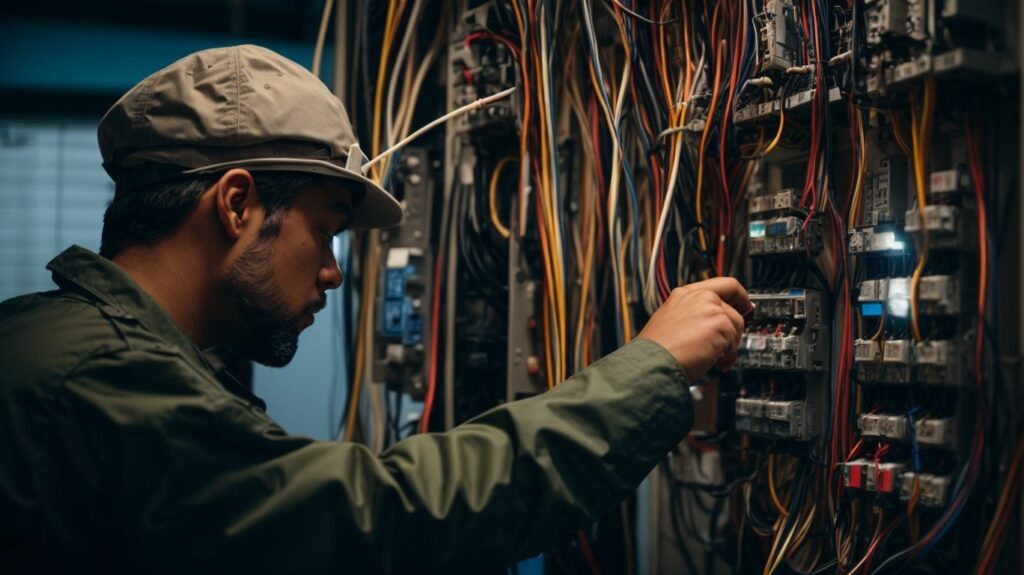

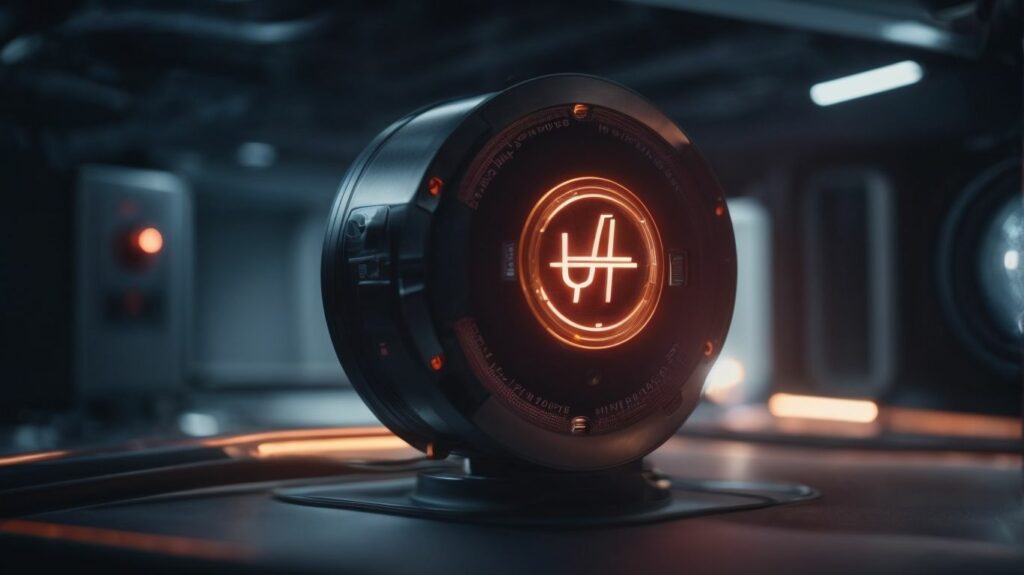
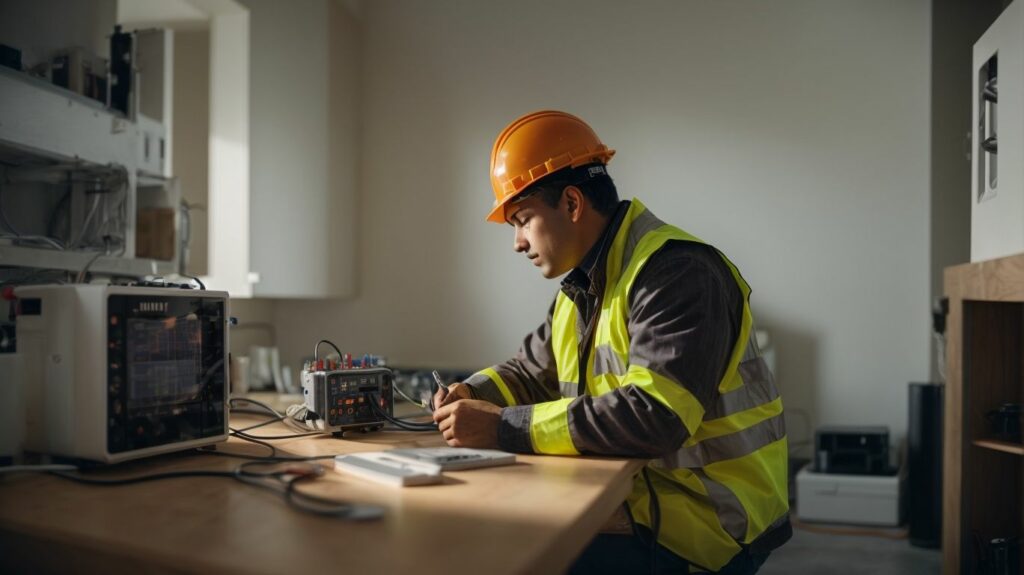
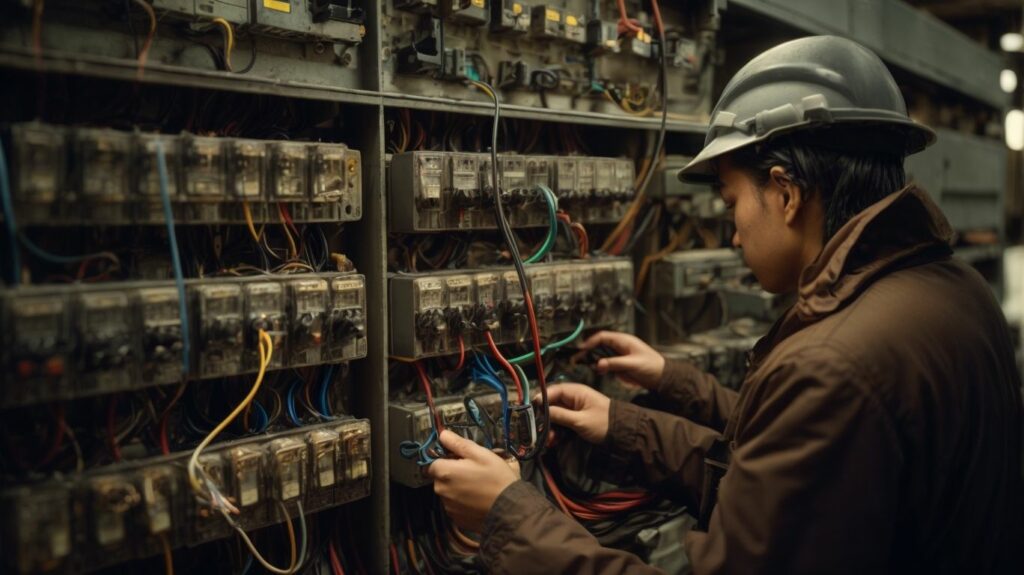
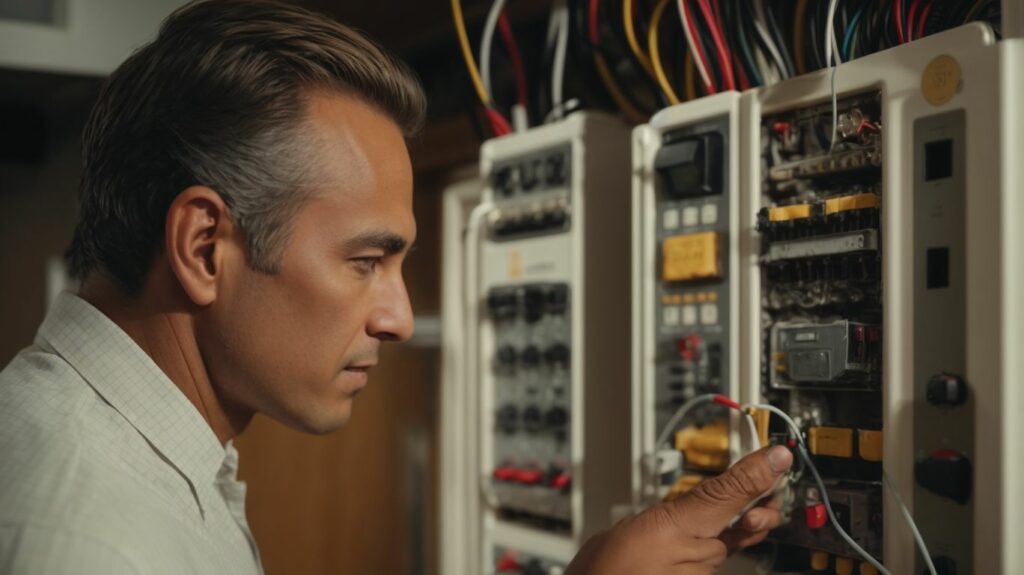
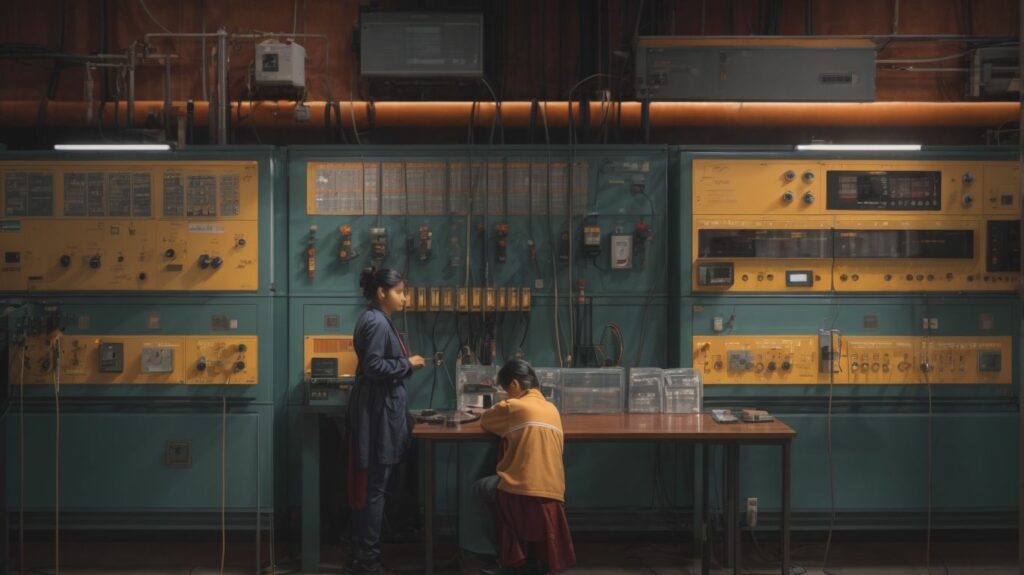






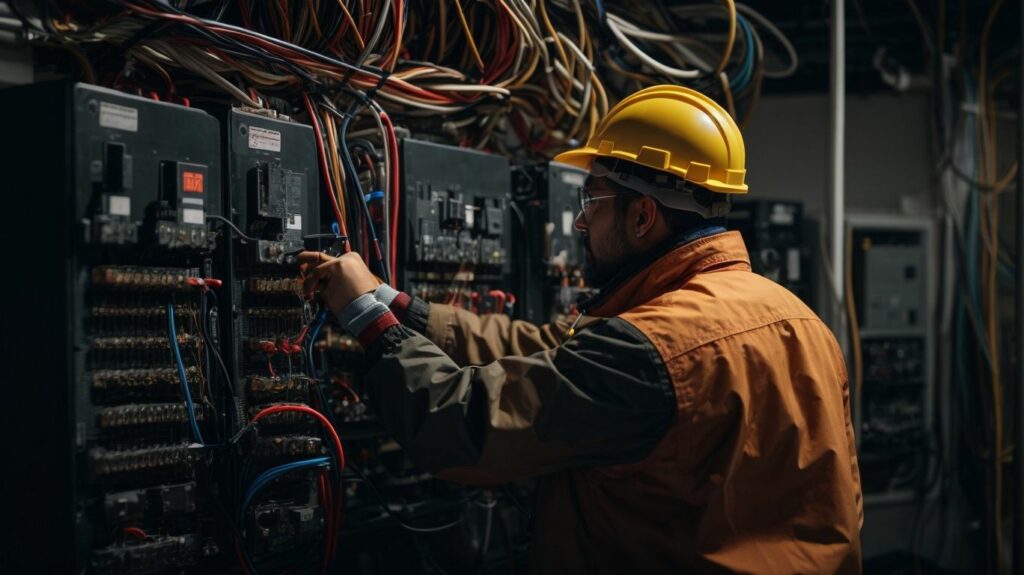
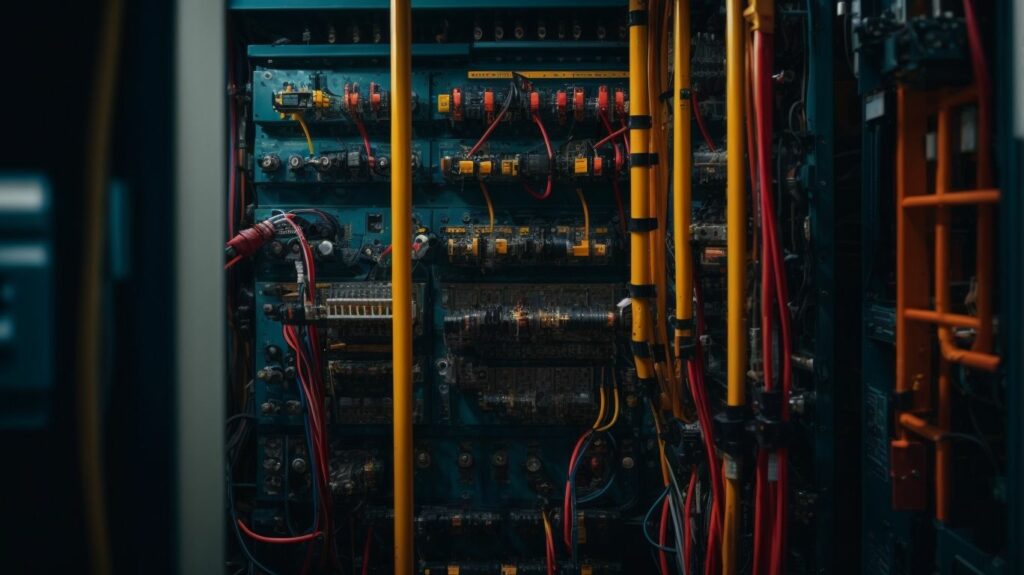


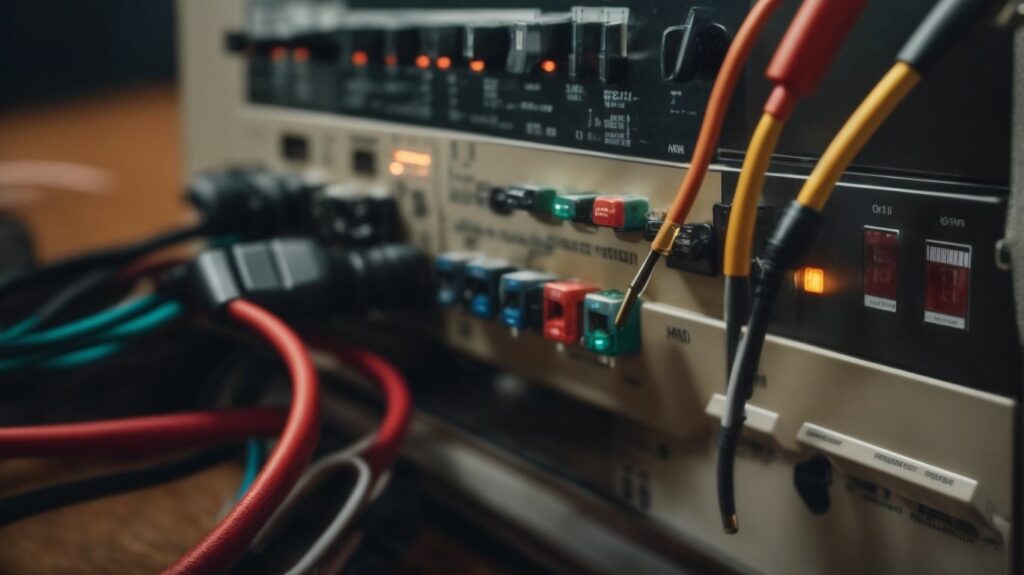
We Aim To Reply To All Enquiries With-in 24-Hours